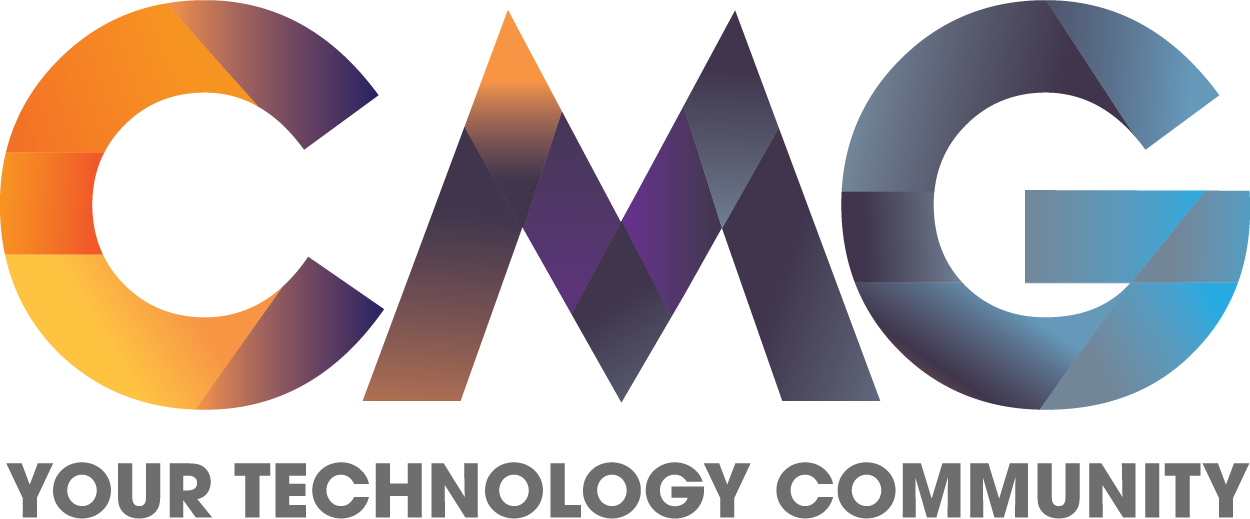IMPACT 2019: How to mitigate slow run-time risk against in web applications – Mark B. Friedman, Demand Technology Software
IMPACT 2019: Performance and the software development life cycle – Mark B. Friedman, Demand Technology Software
March 7, 2019IMPACT 2019: The importance of maintaining capacity planning in the next era of the mainframe – Chris Walker and co-author Rebecca Levesque, IBM
March 7, 2019This presentation focuses on the YSlow model of web application performance, named after the YSlow performance tool originally developed at Yahoo and associated with the work of Steve Souders, which has proved extremely influential. The session looks at how the YSlow scalability model influenced the development of other web application performance tooling, culminating in the W3C specification of a navigation and timing API that provides access from JavaScript to web application performance measurements. It then drills into the W3C navigation and timing APIs to demonstrate how to gather and utilize these performance measurements, or Real User Measurements (RUM), as they have become known. The navigation and timing API is a great help to anyone with a need to understand the end-to-end web application response-time experience of actual, real-life website customers. It also casts a critical eye on the YSlow model of web application performance and highlights some areas where the reality of web application performance can depart from expectations raised by the model.
In addition, there are some areas where the YSlow model is proving just a little too simple for the burgeoning complexity of networked-enabled applications developed for the web, the cloud, or both. Using an example of a data-rich ASP.NET application that requires extensive processing at the web server and the back-end database to generate Response messages, the presentation will discuss what additional measurements may be required to solve performance and scalability issues that transcend the diagnostic capabilities of YSlow and similar tools. To view the full video you must have a CMG membership. Sign up today!
Videos sponsored by:




